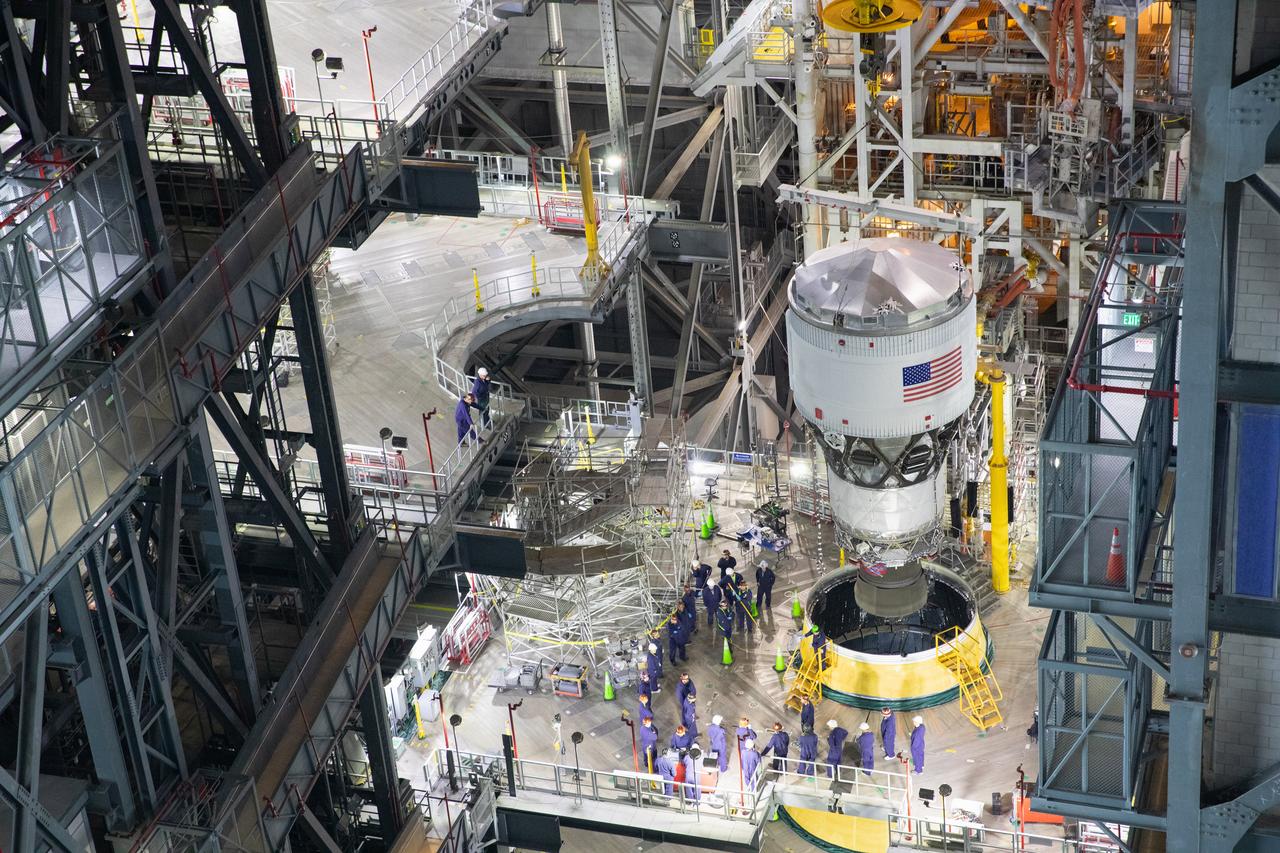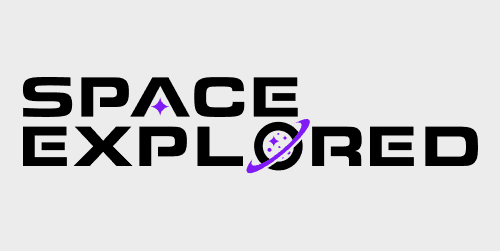Boosters, stacked. Core Stage, stacked. Launch Vehicle Stage Adaptor, stacked. NASA’s Exploration Ground Systems (EGS) team has now stacked Artemis 2’s upper stage. The Interim Cryogenic Propulsion Stage (ICPS) is SLS’s second stage. It will carry Artemis 2’s crew into high Earth orbit. Once finished, the stage will be jettisoned and used for a docking test with Orion. After this, Orion will fire its AJ-10 rocket engine. Sending it on a journey around the moon and back to Earth. The mission is presently set for February 2026.
Expand Expanding CloseArtemis 2 ICPS stacked, Lockheed hands Orion over to NASA
















